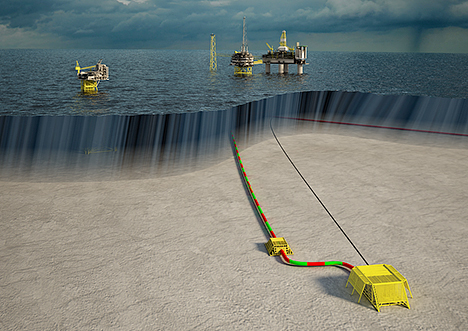
Statoil has secured a double North Sea win today.
The Norwegian operator confirmed its plan for the development and operation for the Utgard and Byrding fields in the North Sea has been approved by the authorities
Hedda Felin, managing director for Statoil Production UK Ltd, said, “We are delighted that the development plan for the Statoil-operated Utgard field has been approved. This is a good example of how we are able to maximise the economic recovery of stranded resources using existing North Sea infrastructure. Collaboration between companies and authorities on both sides of the median line has been key to ensuring the potential of Utgard will be realised.”
Capital expenditures for Utgard are projected at about NOK3.5billion, while Byrding’s capex is estimated to near NOK1billion.
“I’m pleased that the plan for development and operation of Utgard and Byrding now has been approved. These projects will give valuable new volumes to the Sleipner and Troll field. Efficient utilization of existing infrastructure contributes to reducing the costs and make these developments profitable,” added Torger Rød, senior vice president for Project Development in Statoil.
Utgard has recoverable volumes estimate of 56 million barrels of oil equivalents.It was discovered in 1982 and is located 21 kilometers from the Sleipner field. More than 30 years later Statoil crafted a plan to recover the stranded resources. Until then it remained one Statoil’s biggest unsolved puzzles.
Utgard straddles the UK-Norway median line, with the majority of the reserves being located on the Norwegian side.
The field development includes two wells in a standard subsea concept, with one drilling target on each side of the median line. The installations and infrastructure will be located in the Norwegian sector.
The gas in Utgard has a high CO2 content, and will benefit from carbon cleaning and storage facilities at Sleipner.
Byrding’s is estimated to have 11 million barrels of oil equivalent.
The Byrding development includes a duo-lateral well drilled from the existing Fram H-Nord subsea template through which oil and gas from Byrding will flow to Troll C.
Recommended for you
